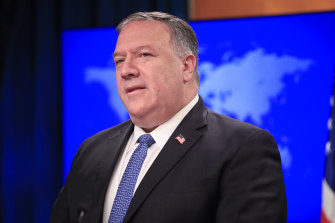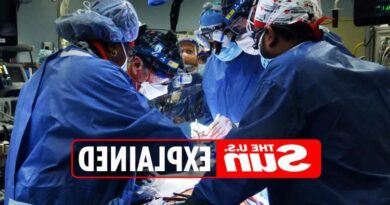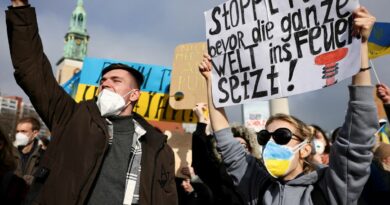US steps up claims COVID-19 may have escaped from Chinese lab
Washington: The State Department says it has new information suggesting the COVID-19 pandemic could have emerged from a Chinese laboratory and not through contact with infected animals, the latest salvo in the Trump administration's efforts to pressure Beijing over the virus's origins.
Specifically, the US said it had obtained new evidence that researchers at the Wuhan Institute of Virology became sick in the (northern) autumn of 2019, before the first identified case of the outbreak in the surrounding city, with symptoms it said were consistent with either COVID-19 or common seasonal illnesses.
US Secretary of State Mike Pompeo. The State Department has claimed to have new evidence about the COVID outbreak in China without providing evidence.Credit:AP
The department said China's lack of transparency about the pandemic's origin more than a year ago, as well as efforts to mask early shortcomings in the country's response to the outbreak, make it difficult to draw clear conclusions. But the brief, unsigned statement issued by the US – less than a week before the end of the Trump administration – provided no data to back up its claims.
"The virus could have emerged naturally from human contact with infected animals, spreading in a pattern consistent with a natural epidemic," according to the State Department. "Alternatively, a laboratory accident could resemble a natural outbreak if the initial exposure included only a few individuals and was compounded by asymptomatic infection."
A State Department spokesperson declined to elaborate when asked for further comment.
China has repeatedly rejected charges that the virus might have emerged from a laboratory. The US didn't say how it obtained the new information about illnesses at the lab.
The comments, in a State Department fact sheet, come as China faces criticism for initially preventing some members of a World Health Organisation mission from entering China as part of an effort to trace the origin of COVID-19, saying they hadn't passed health screenings. While the experts were eventually granted clearance, China had already been criticised by the WHO for delaying the mission's plans to visit the country.
China has been under scrutiny since the outbreak exploded in and around Wuhan, but the Trump administration also sought to pin more blame on authorities in Beijing after the pandemic took off in the US and deaths soared. President Donald Trump and Secretary of State Michael Pompeo frequently refer to the illness as the "China virus", "China plague" and "Wuhan virus."
For its part, China is mounting a campaign to cast doubt the virus originated within its borders. State media have played up research suggesting that there were cases in Italy and the US that pre-date those in Wuhan, and hinted that the pathogen could have entered the country via frozen food or packaging.
They have also restricted access to foreign journalists. In December, a BBC team which visited Yunnan to investigate a mystery illness that killed three mine workers in 2012 reported being tailed by officers in unmarked cars, and having their route blocked by a "broken-down" lorry, which they were told had been placed across the road a few minutes before their arrival.
Yunnan, and the cave systems within its rolling jungle, is the site of major coronavirus research. WIV senior virologist Professor Shi Zhengli is known as "China's Batwoman" for her work there to predict and prevent outbreaks.
On Friday it was announced that 2 million people had died worldwide from the outbreak, with almost 400,000 deaths in the US.
Bloomberg, with The Telegraph, London
Most Viewed in World
Source: Read Full Article



